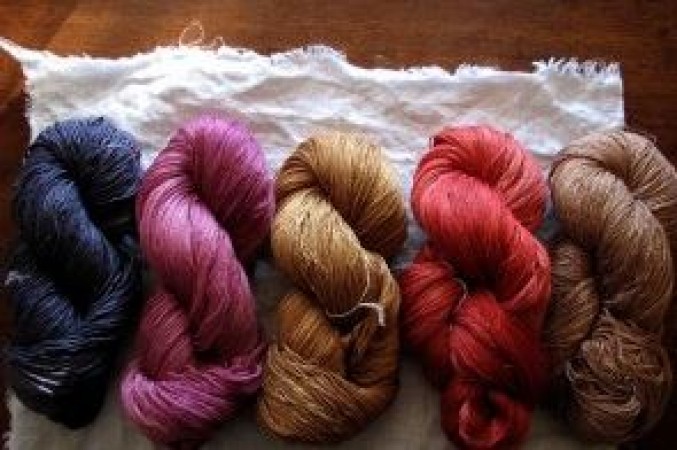
In the world of textiles and crafts, the use of natural dyes is gaining momentum as people seek sustainable and eco-friendly alternatives. Natural dyes are derived from plant sources and other organic materials, offering a renewable and biodegradable option for coloring fabrics and various art projects. This article will explore the art of making natural dyes and provide step-by-step guidance on using them effectively.
Historical Significance of Natural Dyes
The history of natural dyes dates back thousands of years, with ancient civilizations like the Egyptians, Greeks, and Romans employing various dyeing techniques. In Asia, countries like India and Japan have a rich heritage of natural dyeing methods that are still practiced today.
Benefits of Natural Dyes
One of the primary advantages of using natural dyes is their eco-friendliness. Unlike synthetic dyes, which release harmful chemicals into the environment, natural dyes are biodegradable and pose no threat to ecosystems. Additionally, artisans and consumers often prefer natural-dyed products due to their non-toxic and hypoallergenic properties.
Common Plants and Materials Used for Natural Dyes
Numerous plants and materials can be used to create natural dyes. Indigo, derived from the indigofera plant, produces stunning blue hues. Turmeric, a common kitchen spice, yields vibrant yellows, while madder root gives beautiful shades of red. Other readily available sources include beetroot, onion skins, black walnuts, blueberries, and avocado pits.
Preparing Fabrics for Dyeing
Before dyeing, it's crucial to choose the right fabric for the best results. Natural fibers like cotton, silk, wool, and linen are the most receptive to natural dyes. Properly preparing the fabric through pre-washing and mordanting helps the dye adhere better to the fibers.
Dyeing Techniques
There are various dyeing methods, each producing distinct patterns and effects. The cold dyeing method involves soaking fabric in a dye bath for an extended period. On the other hand, the hot dyeing method requires simmering the fabric and dye together to achieve vibrant colors. The Japanese Shibori technique involves creating intricate patterns through folding, tying, or compressing the fabric.
Creating Different Colors and Shades
Experimenting with different plant materials allows for a wide range of colors and shades. Artisans can mix various natural dyes to create custom colors, and they can also employ overdyeing techniques to achieve unique tones.
Fixing and Caring for Natural Dyes
To ensure the longevity of natural dyes, proper fixing methods are essential. Rinsing the dyed fabric in a vinegar solution or iron mordant helps set the color and increase colorfastness. When caring for natural-dyed fabrics, gentle handwashing and avoiding harsh detergents are recommended.
Natural Dyeing Safety Tips
While natural dyes are generally safe to use, some plant materials may cause skin irritation, so it's essential to take protective measures during the dyeing process. Additionally, proper disposal of dye materials is crucial to prevent environmental contamination.
Incorporating Natural Dyes into Crafts
Natural dyes can add a unique touch to various crafts. Tie-dyeing projects with natural dyes create artistic patterns on fabrics, while block printing allows artisans to showcase intricate designs using natural colors. Eco-friendly art and craft ideas can also involve using natural dyes on paper, wood, or other materials.
The Rising Popularity of Natural Dyes
In recent years, there has been a surge in interest in sustainable practices, including eco-conscious dyeing methods. Supporting local artisans who use natural dyes helps preserve traditional crafts and fosters a more sustainable future for the textile and crafting industries.
Embracing the art of making natural dyes opens up a world of creativity and eco-consciousness. By utilizing plant-based dyes and traditional dyeing techniques, artisans and crafters can contribute to a greener and more sustainable world of textiles and crafts.
Fashion Shake-Up in Russia: MAAG to Shut Stores Amid Revenue Woes